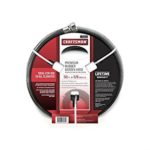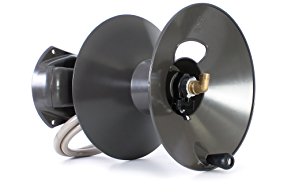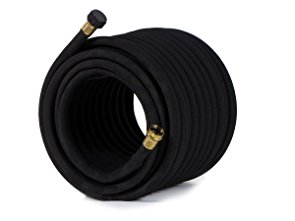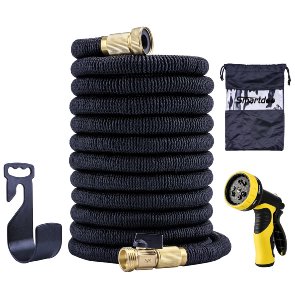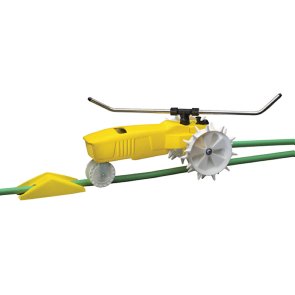Hoses are an essential tool to any garden, but unfortunately, the hose isn’t the type of item that lasts for 10 years or more. If yours has, then you should consider yourself lucky and perhaps you already found the best garden hose.
There are quite a few different manufacturers all claiming to sell you the “best garden hose ever,” but many of them fall short because their product just doesn’t last!
Luckily, for you, we have weeded out (no pun intended) all of the bad hoses and present the top 10 products to you here in our guide.
Here, you can easily compare and contrast the top hoses in order to find the right one for your needs and budget; plus, we’ll provide you with plenty of useful shopping tips that will make the process as easy as pie!
Things to Consider
Before you purchase a hose, here are a few important things to take into consideration in order to narrow down the choices to the right one.
- Length. This is kind of a no brainer, but we’re mentioning it because it will encourage you to get out in the garden and measure everything!
Make sure that the hose you choose will reach everywhere in your garden that needs watering. If it is too short, remember that you can purchase separate (and shorter) extension hoses to help you reach an area without too much excess hose.
- Weight. Some of those hoses are pretty heavy-duty, and as such, they are also quite heavy.
If you’re looking for something that is easier to drag around the yard, consider getting an expanding garden hose.
- Outdoor Temperatures. This suggestion is mainly for those of you who live in climates where the temperatures get close to freezing.
The expanding hoses are getting very popular these days. At first, they were very flimsy and more of a gimmick. Now, so many people are turning to them because of the easy of use and storage, I have reviewed and added some to my list for this year.
Different hoses can withstand different temperature lows, so if you think that your fall, winter, and early spring temperatures will dip down quite low, be sure to check the temperature rating of the hose.
Hose Types
In order to choose the best garden hose, compare and contrast the different types to determine which will suit your needs.
- Polymer, PVC or Rubber. These are the most common types of hoses out there and the majority of the hoses on our list are made from them.
Some may be a combination of materials. The Stanley FatMax Garden Hose, for example, is made from a combination of polyurethane and PVC. Others hoses are made from hybrid polymers.
Rubber hoses are usually the heaviest and not as common in the garden because of this and here higher price. Many use them in commercial or industrial garden areas or as farming hoses.
- Expandable. Stretchy hoses are ideal if you want a lightweight hose that takes up little space when not in use.
These hoses are usually made of nylon on the outside with a solid material in the core. Number 4, for example, has a latex core and a 5000D polyester shell on the outside.
- Soaker Hoses. We figured that those of you who are looking for the best garden hose probably want a solid one. We did throw in one soaker hose in our table since they can be equally as useful to gardeners.
These allow you to water certain areas of the garden with a slower water flow rate and release rate. They’re also great for watering in full sun since the water falls directly on the ground and seeps into the soil rather than hitting the leaves. This will help you prevent burnt leaves.
Control the Fittings
It’s important to scrutinize the hose connectors (or fittings) since this is where leaks can develop.
Most hoses have a ¾-inch fitting (the actual hose itself is 5/8-inch) and come in a variety of materials such as aluminum, brass and copper.
These are the most common and are all durable, but you should always make sure to double-check that the fit is secure when you tighten the male end to the female end.

